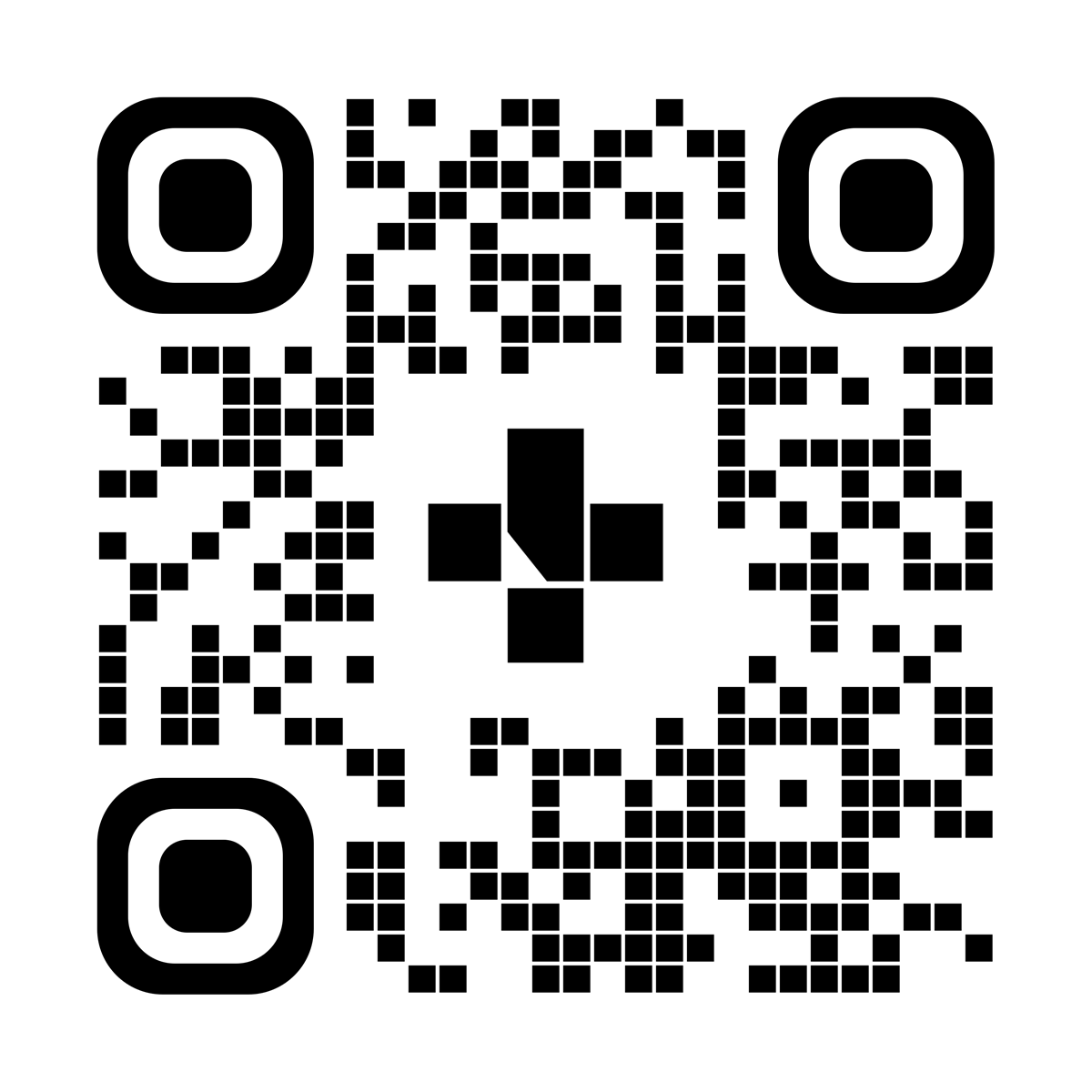Remote Microphone Hearing Aid Technology (RM-HAT) for Children
What you need to know
Remote microphone hearing aid technology (RM-HAT) makes hearing and listening easier for a child with hearing loss.
RM-HAT systems include a transmitter and a receiver. The receiver is either attached to the bottom of the hearing aid or integrated inside of the hearing aid. The transmitter is worn close to the mouth of the person who is talking, usually a parent or teacher. The transmitter picks up the speech signal and sends it straight to the receiver. The child then hears speech as if the person talking is just a few inches away from them.
Benefits
Children need access to speech to develop their hearing, language, and learning skills. To develop these skills, children need to be able to both hear sounds and words and tell them apart.
Young children who are learning language are unable to tell when speech is unclear or buried in background noise. Hearing speech clearly in noisy environments is much harder for children with hearing loss than for those with normal hearing. RM-HAT systems can help with this.
RM-HAT systems provide the following benefits for children:
- improve speech understanding in difficult listening situations by reducing the 3 major obstacles to understanding speech: noise, distance from the person speaking, and reverberation (echo)
- make listening easier, which reduces fatigue
- improve spoken language development
Because the RM-HAT system sends the speech signal directly from the person speaking to your child’s hearing aid, it makes the voice of a person using the transmitter seem closer and louder. This makes speech louder and clearer for your child, which can improve your child’s:
- attention
- responsiveness to speech
- vocabulary and spoken interactions
- learning through listening
- sound localization (knowing where a sound is coming from)
The benefits of using an RM-HAT system are not always obvious right away, but giving children clear speech signals supports their long-term development.
When to use RM-HAT
RM-HAT can be used for children of all ages to help hear spoken language in noise or from a distance more clearly.
For example:
- infants and toddlers can listen to caregivers talk from different distances, like when in the car
- preschoolers can better hear spoken language in noisy daily routines, like at the park, a store, or at daycare
- school age children can listen better in the classroom and respond to their teachers’ directions
Using RM-HAT systems early is encouraged.
Children can use RM-HAT systems in a variety of listening situations, like:
- in a stroller
- playing outside in the yard or in parks
- driving in the car
- in restaurants
- riding a bike
- at school for teacher-led activities, lectures, or small group discussions
- in sports
- at social events
RM-HAT systems can also be used with different media and technology, like cell phones, computers and laptops, gaming devices, music players, or school speaker systems. In those cases, the transmitter is connected to the media device so that the sound can stream directly to the receiver on or in your child’s hearing aids.
Listening check and troubleshooting
RM-HAT systems should be checked first thing every morning. To do this, place the RM-HAT transmitter near a sound source such as a radio or TV. Take the hearing aids connected to the RM-HAT receiver to another room. Turn on the sound source (radio or TV) and perform a listening check through the hearing aids. You should be able to hear the sound through your child’s hearing aids from a distance. Refer to the RM-HAT manufacturer’s manual for the specific instructions.
If there is no sound coming through the RM-HAT system, check the following:
- your child’s hearing aids are turned on and are fully charged or have a fresh battery
- the transmitter battery is charged
- the receiver is connected to the hearing aid securely (if it is not integrated inside of the hearing aid)
- the transmitter is turned on and connected to the hearing aid (see the user manual for instructions)
If you are unable to get the RM-HAT system to work properly, contact your child’s audiologist for help or for repairs.
To see this information online and learn more, visit MyHealth.Alberta.ca/health/aftercareinformation/pages/conditions.aspx?hwid=custom.ab_remotemicrophone_hearingaidtech_inst.

For 24/7 nurse advice and general health information call Health Link at 811.
Current as of: November 28, 2023
Author: Provincial Audiology Professional Practice, Alberta Health Services
This material is not a substitute for the advice of a qualified health professional. This material is intended for general information only and is provided on an "as is", "where is" basis. Although reasonable efforts were made to confirm the accuracy of the information, Alberta Health Services does not make any representation or warranty, express, implied or statutory, as to the accuracy, reliability, completeness, applicability or fitness for a particular purpose of such information. Alberta Health Services expressly disclaims all liability for the use of these materials, and for any claims, actions, demands or suits arising from such use.
